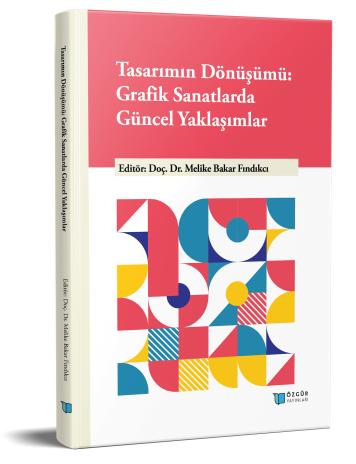
Hyperlocalization and Hyperconnectivity in Graphic Design
Chapter from the book:
Bakar Fındıkcı,
M.
(ed.)
2025.
Transformation of Design: Current Approaches in Graphic Arts.
Synopsis
Hyper-localization and hyper-connectivity have led to significant transformations in the field of graphic design. These concepts enhance the interaction of design within individual and societal contexts, fostering deeper engagement with users. In graphic design, hyper-localization enables the customization of content according to individual user preferences, while hyper-connectivity ensures users have a seamless experience across different platforms. These effects fundamentally alter the meaning-making process, user experience, and visual communication strategies in design.
The purpose of this study is to explain the impact of hyper-localization and hyper-connectivity in the field of graphic design and examine their contributions to the design process. By focusing on the advantages and opportunities these concepts offer to graphic designers, the study also highlights how they create interactive dynamics. Furthermore, this study aims to identify and understand the transformative and innovative effects of hyper-localization and hyper-connectivity on the discipline of graphic design, offering insights into future trends and potential areas of development in design.
By understanding how graphic design interacts with hyper-localization and hyper-connectivity and analyzing how these relationships reflect on design processes, this study is expected to provide significant contributions to both professional practices and academic research in this field.

